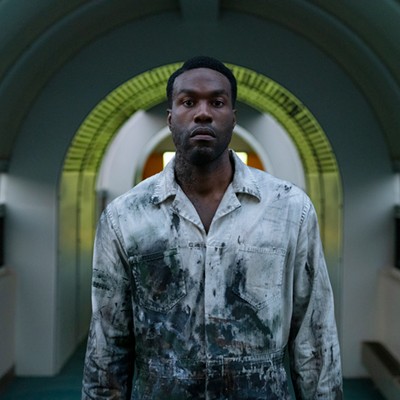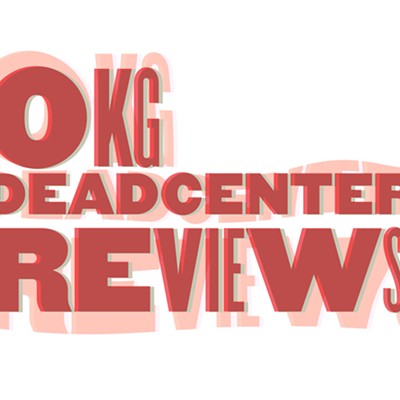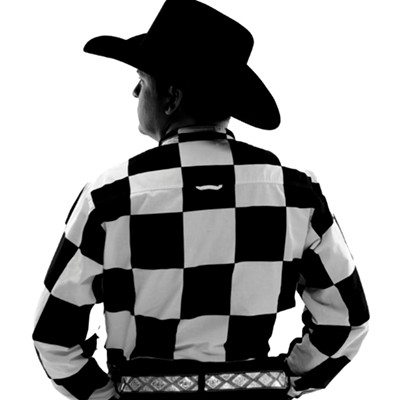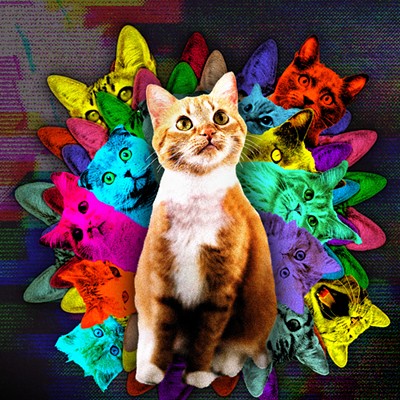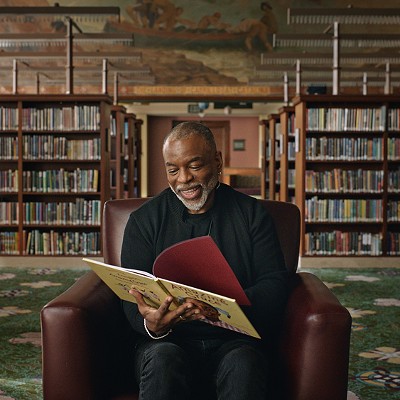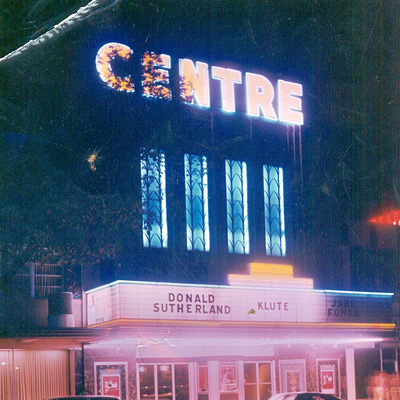Like an episode of Scooby-Doo who's homeless teenage nomads have been replaced with an alcoholic railrider, The Girl on the Train is a jumbled mystery with cartoonish sensibilities. The film, an adaptation of the wildly successful Paula Hawkins novel, bookends its literary sensibilities with the kind of narration that immediately tells us that this came from something people read rather than watched. The audience is treated to the side of a moving train, the inside of one of its cars, and the static faces of its passengers as Emily Blunt’s voice melancholically waxes about time, changes, and identity. A key reason to turn books into films is to show what must otherwise be imagined — The Girl on the Train lacks the ambition to ask for imagination.
Following three women — a wife, an ex-wife, and a babysitter — as their lives brush against each others (spurred by one’s trainbound observances), the film scatters its workmanlike story into the wind like a body shredded by a train. Flashbacks, assorted title cards, and unknowingly unreliable narrators make a minor Law & Order episode a doddering bore that shifts so frequently and uninterestingly between characters and timelines that it seems to be trying to shake off any audience members who manage to follow along.
While Blunt’s performance as Rachel, the lead of the film’s three central women, has a sloppy, wet-eyed desperation, her character comes defined by her place in the plot. Alcoholism and depression serve one master and that is the plodding, lumbering mystery. Her bloodshot eyes, ruddy nose, and scribbled makeup give all the signifiers of an alcoholic but we don’t ever see the characterized addiction - that need that would always be consuming in the back of her mind - behind her shaking hands.
This sensibility, a lack of nuance in service of overly complex plotting, comes from all sides of the film thanks to Tate Taylor’s disjointed and cacaphonic directing. The Help helmer carries over a tone-deaf treatment of women to this murder-mystery along with a broad-stroking tendency to water down any character with more than one trait that takes the film past “digestible” to “pre-chewed”.
The film seems to have narrative amnesia - not the kind that generates compelling mystery but like it misplaced its keys. It’s always looking for a memory. As exciting as it is to watch someone try to remember something, this gets old quickly. The rest of the cast seems to understand the schlock they’ve found themselves in and act accordingly. A cartoonishly evil villain, who seems to have just shaved a twirled moustache and tied his female victims to various railroad tracks (unfortunately not the plot of the film, despite its similar theme of public transportation), fails to generate the empathy needed to amplify our sympathy for Rachel and the other main characters.
When the story is told as a family drama, a whodunnit for the suburbs, rather than a grand cruelty, figures on both sides of the conflict must seem real. Otherwise we find ourselves on the receiving end of ethical whiplash, our necks and trust strained not by clever narrative and a ripe hindsight of clues, but by the whim of the omnipotent writer. It is a betrayal not of a particular character but of a creator-audience relationship.
This relationship is unhealthy for everyone and we know it from the beginning. Foggy camerawork reinforces foggy writing as book fans and newcomers alike will drift off during the lengthy scenes of conversation between patient and psychologist. Removed material strips away nuance and personality while added material hands it back to us, mangled and rebuilt like a clumsy child’s ashamed reconstruction of a broken vase. In the film’s final cruelty, its fans will find themselves defending the book to those they dragged along — something no audience deserves.


